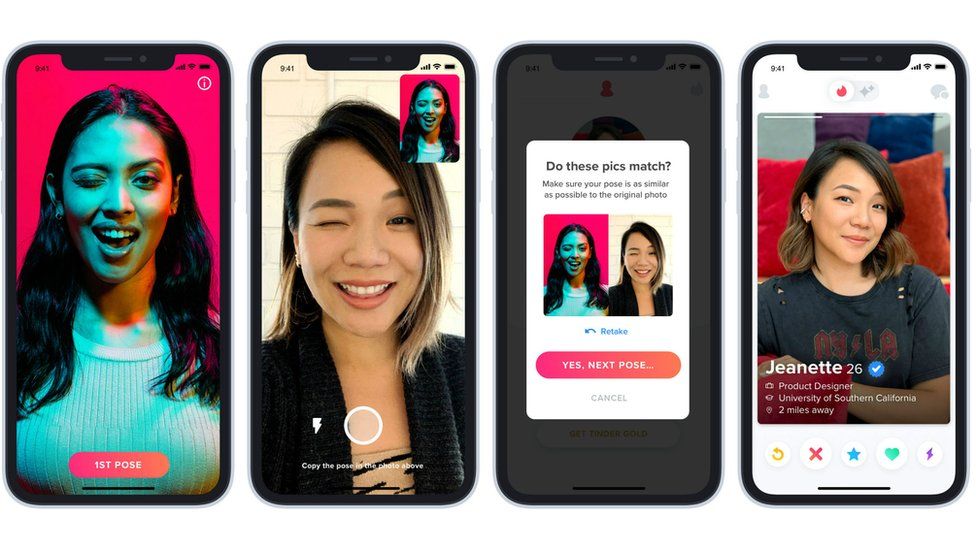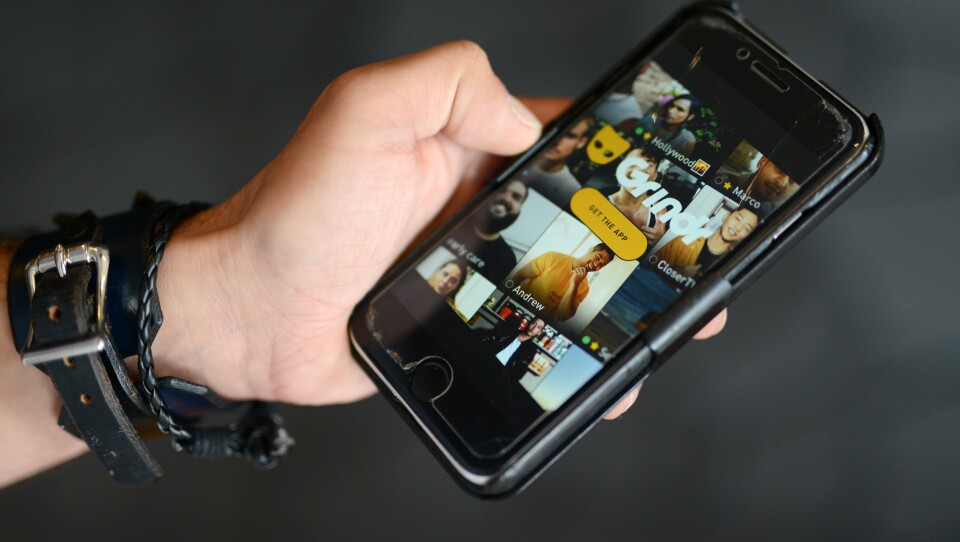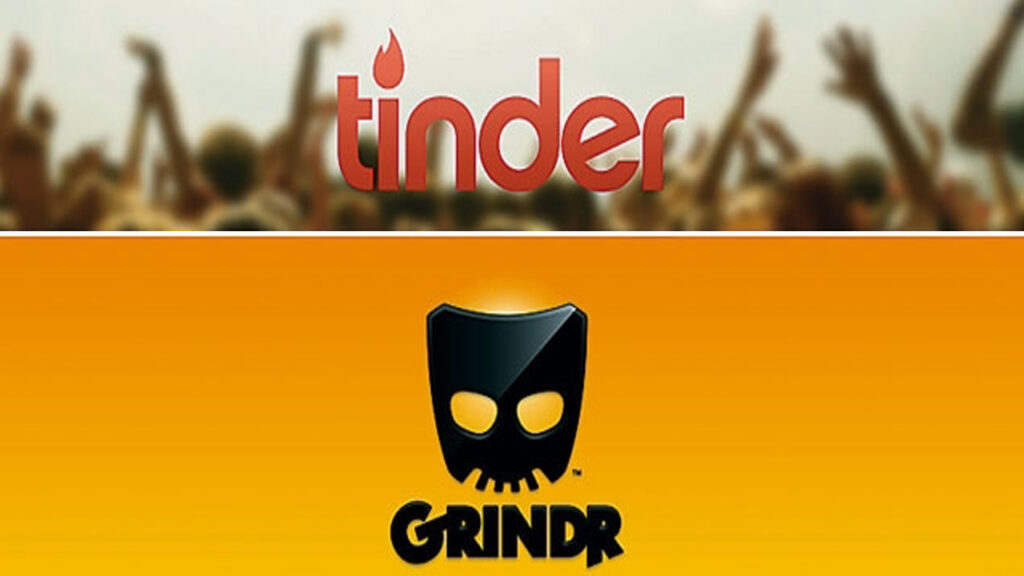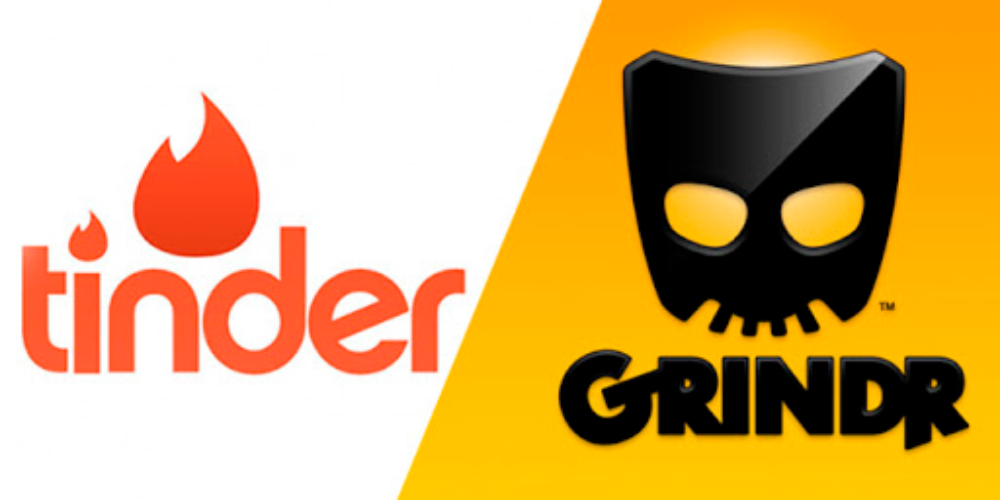Building upon the insightful exploration of Grindr vs. Tinder, it’s essential to delve deeper into the nuances that set these platforms apart, enriching our understanding with a broader range of keywords. Let’s expand our examination to encapsulate the diverse aspects and functionalities these apps offer, tailored to meet the varying needs of their user base. From the difference between Grindr and Tinder to their unique appeal to various segments like gay men, straight people, and the LGBTQ community, this comprehensive guide aims to illuminate every facet of these popular dating platforms.
What is Tinder Dating App?
Founded in 2012, Tinder has become one of the largest and best-known dating applications globally, with tens of millions of users from a very wide and diverse audience. Through its platform, Tinder has reinstated the way people meet and interact with others in the pursuit of both romantic and platonic relationships. The swipe feature at the core of this mechanism allows going through potential matches quickly and efficiently: swipe right if interested or swipe left to pass.
Besides the swipe, Tinder allows users to describe their profiles with pictures and short bios of themselves, making it authentically present to the world who its users are. Focusing on mutual consent and interest, Tinder enables linking up with representatives of the gay community, straight individuals, thus having managed to become probably the most dynamic and, at the same time, inclusive space in the history of humankind for looking for love, friendship, or a counterpart for casual encounters.

What is Grindr Dating App?
Grindr is a pioneering dating app specifically designed for gay, bisexual, and transgender men. Launched in 2009, it would prove to be one of the very first geosocial networking apps to target members of the LGBTQ+ community as it relied on mobile devices’ geolocation features, which would present their users with the profiles of other users based on proximity. The interface offers the user a grid of possible match photos—those living near you, for example, where one feels there is an instant connection and community.
These features allow the updating and customization of the profile, including messaging and filtering search results either by age, sexual preference, or relationship status. Grindr revolutionized how gay men meet and communicate but became an important space for the expression and exploration of queer identity, cementing its place as one of the most important social networking tools used within the LGBTQ+ community.

Exploring the Landscape: Tinder vs. Grindr
Progressively, both Grindr and Tinder have ventured in their inclusivity, not catering just for gay or straight but venturing to embrace the bi, trans, and queer community. Grindr—the quintessential “gay Tinder”—though derived from the same core function, have since cultivated their unique features resonating with a much broader base. Whether it’s Tinder’s “swipe right” mechanic or Grindr’s grid layout, how you find people and interact on these platforms underscores the variety in your user experience. Whether you’re looking for a hookup or a deeper connection, understanding how these dating apps work is the first step in navigating the online dating scene.
The Mechanics of Matchmaking: How Algorithms Define Connections
Both apps employ sophisticated algorithms designed to help people find matches that reflect their preferences, but the difference between Tinder and Grindr can often be seen in how these systems prioritize possible connections. Tinder allows users to swipe through potential matches, fostering a gamified experience. Grindr, on the other hand, presents a grid of nearby users, focusing on immediate proximity to facilitate connections, catering specifically to gay community.
Whether through the iconic “swipe right” that lies at the center of modern dating, thanks to Tinder, or an intuitive grid layout from Grindr to find someone immediately, based on proximity and location, the way to interact and connect with people showcases an array of experiences. Grindr and Tinder are examples of redefining the brackets that have incorporated inclusivity and innovation that assure each person, from whatever origin or identity, finds home in their apps.
| Matchmaking Mechanism | Tinder | Grindr |
|---|---|---|
| Swipe-Based Matching | Users swipe right to like and left to dislike profiles, leading to a match if both users swipe right | Users browse through a grid layout of nearby profiles, tapping on profiles to view more details and initiate conversation |
| Algorithm | Utilizes a proprietary algorithm to display potential matches based on user preferences, location, and activity | Utilizes an algorithm to display nearby profiles based on geographical proximity and user preferences |
| Geographical Proximity | Matches users based on location proximity, allowing users to see potential matches nearby | Prioritizes matches based on geographical proximity, facilitating immediate connections |
| Mutual Likes for Match | Matches occur when both users swipe right on each other’s profiles, indicating mutual interest | Matches occur when users tap on each other’s profiles, indicating mutual interest in further interaction |
| Additional Features | Offers features like Super Likes, Boosts, and Rewind to enhance matchmaking opportunities | Includes features like Tribes, which allow users to identify with specific communities within the LGBTQ+ spectrum |
| Visibility of Matches | Matches are visible in the Matches tab, where users can initiate conversation and further interaction | Matches are displayed in the Chat tab, where users can send messages and explore connections further |
Navigating Social Dynamics: Apps as Digital Social Networks
Grindr and Tinder have evolved beyond mere dating platforms; they function as expansive social networks for various communities. Grindr, launched in 2009, has become an essential app for gay individuals, offering not just a way to meet but also a space to belong. Tinder, with its billion swipes a day, demonstrates the app’s vast reach across heterosexual and LGBTQ users alike, impacting every person’s approach to dating in the digital age.

The Inclusive Evolution: From Hook-up to Heartfelt Connections
While Grindr was initially specifically designed for gay hookups, its scope has broadened, welcoming queer people, bisexual individuals, and anyone interested in exploring. Tinder, with its diverse user base, has similarly adapted, offering various filters to better accommodate the sexual orientation and preferences of its users, from straight to LGBTQ. This evolution reflects a shift towards more inclusive, multifaceted platforms that cater to every kind of person.
Safety and Self-Expression: Ensuring a Secure Space for Connection
Safety and self-expression are paramount on both platforms. Tinder and Grindr have implemented features like photo verification and user reporting to stay safe, addressing concerns of loneliness and self-esteem in online dating. These measures ensure that every person—whether they’re single, in their 30s, or identifying as trans—can navigate the dating landscape with confidence and security.
Check out this comparison chart offers a comprehensive overview of the safety features of Tinder and Grindr, aiding users in making informed decisions about which platform best aligns with their preferences and concerns regarding safety and privacy.
| Safety Feature | Tinder | Grindr |
|---|---|---|
| Photo Verification | Available | Available |
| User Reporting | Allows users to report suspicious or inappropriate behavior | Allows users to report suspicious or inappropriate behavior |
| Location Privacy | Offers options to limit location visibility | Offers options to limit location visibility |
| Anonymous Browsing | Limited | Offers more options for anonymous browsing |
| Panic Button | Not available | Available in some regions |
| Verification Options | Photo verification, email, and phone number verification | Photo verification, email, and phone number verification |
| Community Moderation | Moderated by the platform, with reported profiles reviewed by support teams | Moderated by the platform, with reported profiles reviewed by support teams |
| Safety Tips | Provides safety tips and guidelines within the app | Provides safety tips and guidelines within the app |
| Profile Verification | Offers options for profile verification through social media integration | Offers options for profile verification through social media integration |
| Privacy Controls | Allows users to control who can see their profile and personal information | Allows users to control who can see their profile and personal information |
Grindr vs. Tinder Conclusion:
In conclusion, Grindr and Tinder come out as platforms providing a rather different digital dating experience. Certainly, the features and special target audience the apps cater to might make all the difference in the world to people just looking for a quick fix in love or those who are, however long it takes, in it for life. This has meant that the means by which love and belonging are sought with growing digital complexity reflect multifarious needs and desires. In a dating app world, sites are guiding lights to that new quest for companionship in the digital age.

More reviews worth reading:
- Coffee Meets Bagel Review 2024
- What is Zoosk: Unveiling the Best Dating App
- Hinge vs Bumble
- Christian Mingle vs. Hinge
- Upward Dating App Review 2024
References:
- LeFebvre, L.E. (2018) Swiping me off my feet: Explicating relationship initiation on Tinder. J. Soc. Pers. Relatsh.
- Timmermans, E.; De Caluwé, E. (2017) To Tinder or not to Tinder, that’s the question: An individual differences perspective to Tinder use and motives. Personal. Individ. Differ.
- Rochat, L.; Bianchi-Demicheli, F.; Aboujaoude, E.; Khazaal, Y. (2019) The psychology of “swiping”: A cluster analysis of the mobile dating app Tinder. J. Behav. Addict.
- MonsterMatch. (2019). Dating app algorithms: Learn how the algorithms figure you out in a dating app. MonsterMatch
- Joel, S., Eastwick, P. W., & Finkel, E. J. (2017). Is romantic desire predictable? Machine learning applied to initial romantic attraction. Psychological Science
Contributing Author:
From a dating expert’s perspective, both Grindr and Tinder excel in unique ways. Grindr is very much suitable for LGBTQ+ matchmaking because it allows queer people to meet without leaving their place of residence. It also features some lovely location-sensitive features that create a sense of local community. This factor combines to make Tinder appealing in most facets and goals—very casual to quite seriously involved – which generally is the ease and comfort of such a large user base and usage. It singles out from the pack with its ease of use in navigating, given a large user base; the user simply swipes their way around.
All in all, Grindr and Tinder alike offer unique experiences, raising the level that online dating can hold for their respective audiences.



